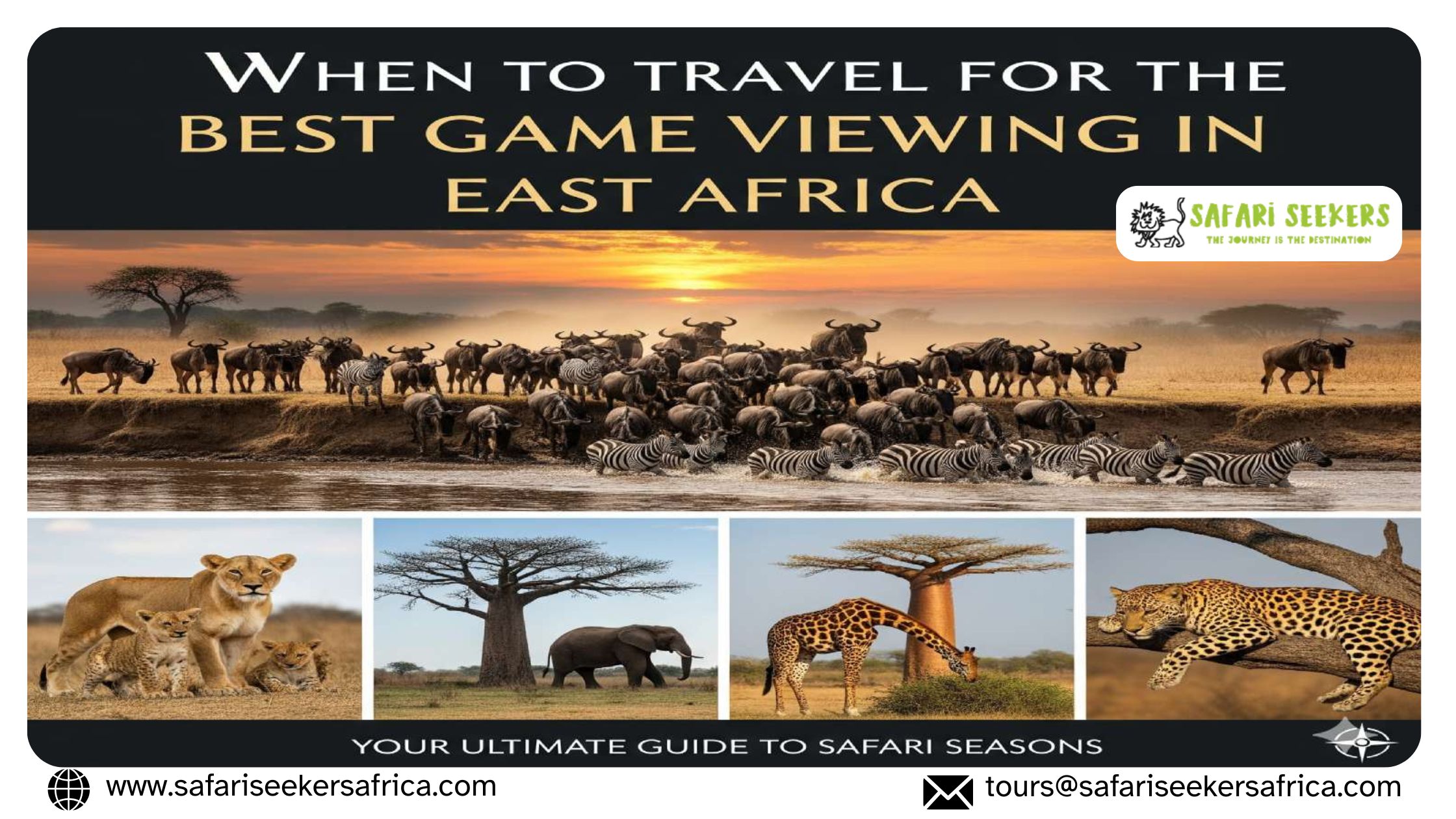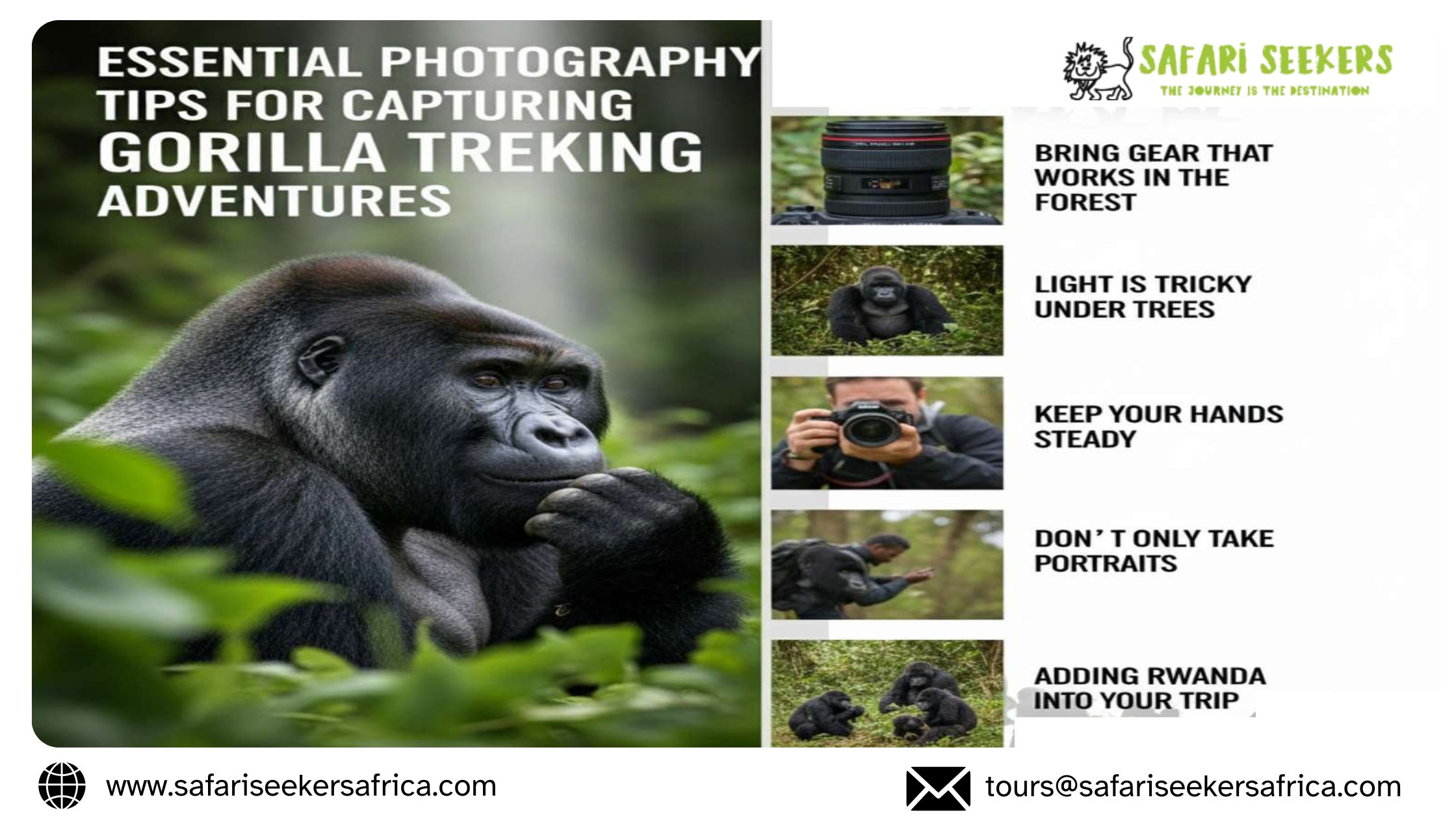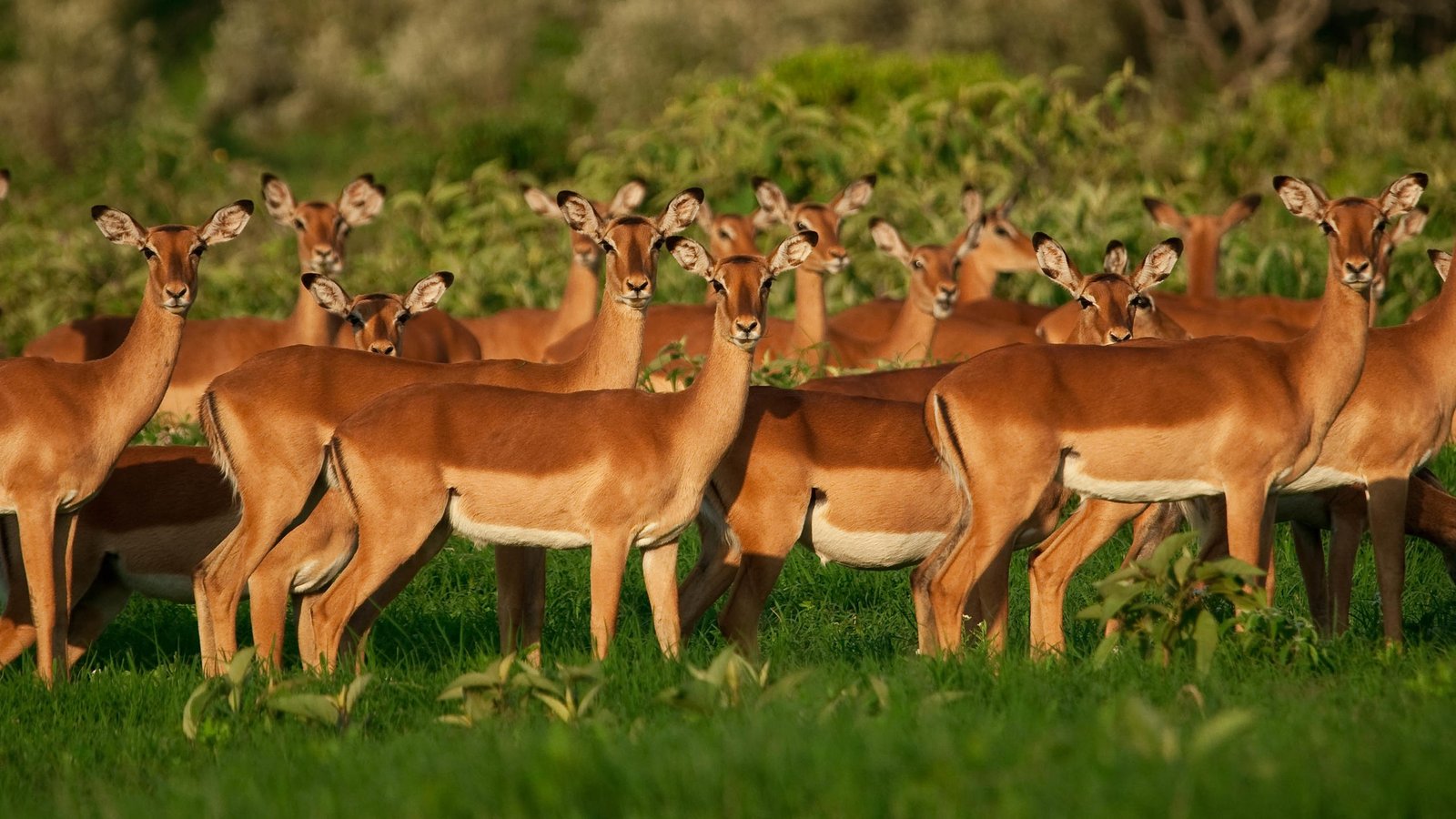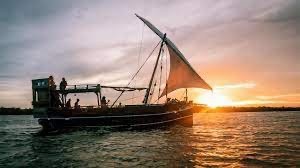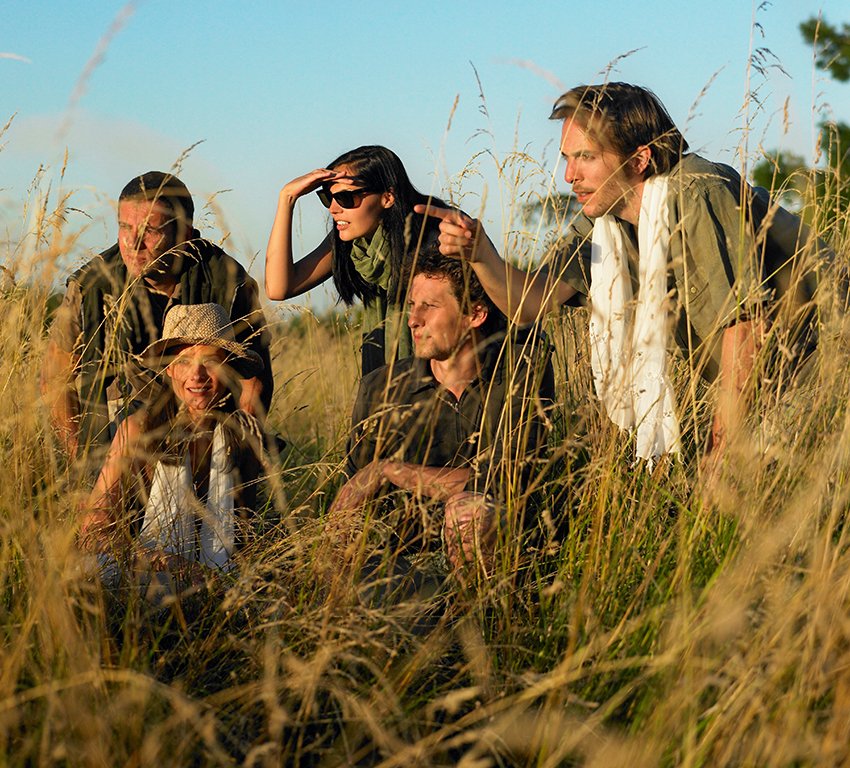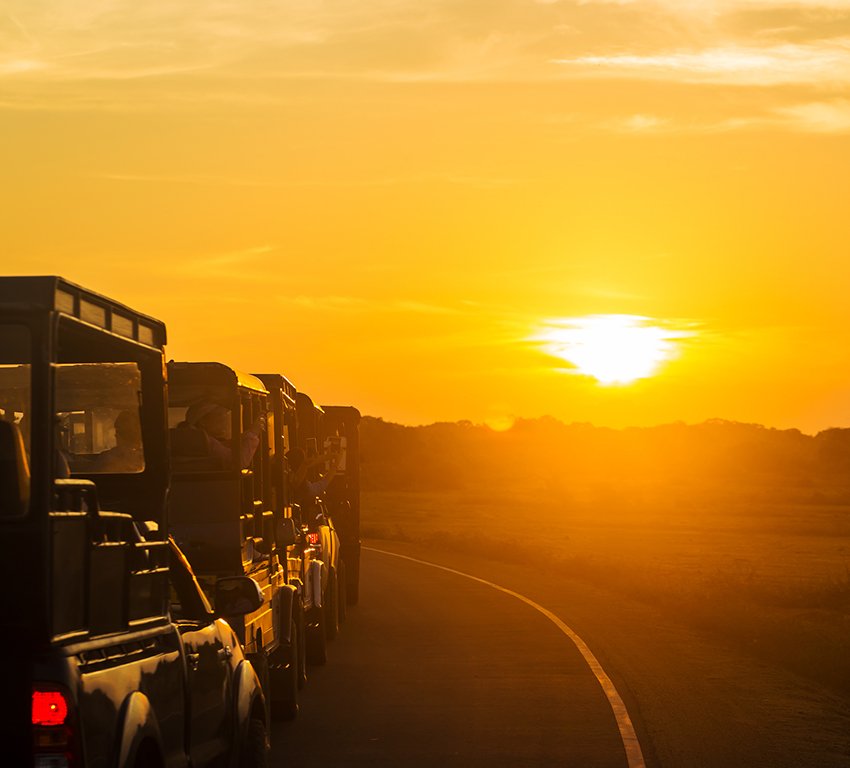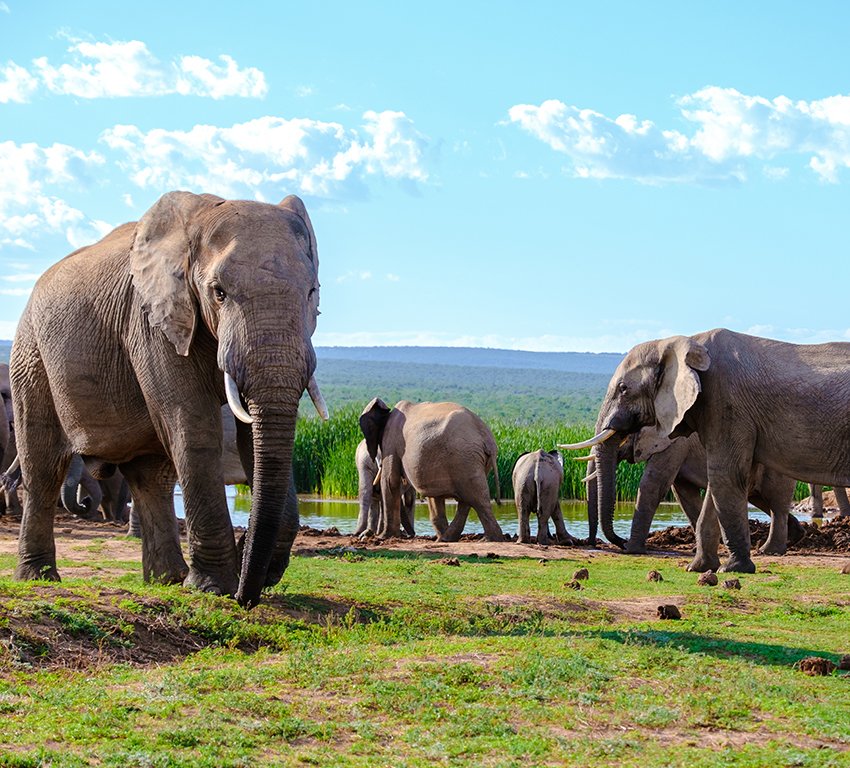15 destinations Instagram has helped ruin
As a travel agent of course I always research on happening around the world, and I can across this article by Kat Tenbarge and it definitely did shock me.
Social media, definitely has a positive impact when it comes to spreading the word, but I suppose that this also comes with its cons of over crowding and over populating destinations.Instagram has undoubtedly created a lot of cultural shifts, and one major change is in our travel habits. Spots that were once considered private, residential, unknown, or even sacred have met their match on Instagram.
The process has been as follows: Instagrammers with large followings take pictures at beautiful, previously unheard of or rarely visited locations. People see the likes and the natural beauty and swarm to the streets, parks, cliffs, fields, and more. Sometimes, places end up worse off in the face of new visitors. Sometimes, disasters occur.
Of the hot new travel destinations discovered through Instagram, these 15 spots have been ruined, desecrated, or even closed down permanently thanks to a barrage of photo-takers.
Tree-lined streets in the Broadacres neighborhood of Houston have attracted too many photoshoots, residents say.

Photo-takers are drawn to Houston’s Broadacres neighborhood, where a scenic walkway lined with trees cuts through an affluent residential area. Screenshot Google Maps
It’s easy to see the appeal of Houston’s Broadacres. The tree-lined brick pathways in the residential neighborhood create a stunning backdrop for all photography occasions, from weddings to graduations.
But residents have put up signs demanding that no photoshoots occur, and warning visitors to stay off private property, since up to 50 shoots take place in good weather conditions at a time, homeowners say.
The local Homeowners Association president told Paper City Magazine in Houston that residents had been considering how to take action for four years as photography interest in the area grew.
Part of the issue became that, along with photography equipment, photo subjects would bring props and leave behind garbage like balloons and confetti. Even a Jeep was reportedly brought onto the brick walkway at one point.
A #poppynightmare took over the town of Lake Elsinore in southern California.

Tourists climb the hills in a nature reserve in Elsinore, California, where orange poppies bloom. Shutterstock
The town of Lake Elsinore, about 70 miles east of Los Angeles, found itself facing what the mayor called the “apoppylypse” in March. Heavy rains caused the city’s Walker Canyon nature reserve to bloom with millions of bright orange poppies, and the scenic slopes quickly gained traction on Instagram.
In just one weekend, more than 66,000 tourists looking to take the perfect shot for Instagram flooded the town, causing gridlock and standstill traffic in the streets, crushing poppies underfoot, and fainting in the heat. City social media termed the situation a “#poppynightmare,” and streets leading to Walker Canyon had to be temporarily closed to non-residents.
The Mount Everest base camp accumulated so much trash from tourists that it had to be closed.

The Chinese government announced in February that only tourists with climbing permits could access its Mount Everest base camp. Only 300 of those permits are issued each year.
The Tibetan base camp accumulated over 8 tons of waste, including human feces and mountaineering equipment, thanks in part to the flow of tourists who could reach the Tibeten side of the mountain by car. On the Nepalese side, the base camp requires a 2-week hike to access.
In 2015 alone, Tibet welcomed over 40,000 visitors to the base camp.
The Chinese government said the recent closure would help them clean-up Mount Everest by allowing them to collect the unknown number, but numerous amount, of dead bodies that have been left on the extremely dangerous slopes.
The Jackson Hole Travel & Tourism Board in Wyoming is asking Instagram users to stop geotagging its natural wonders altogether.

Kenneth Keifer/Shutterstock
In an effort to keep Wyoming wild, a tourism board overseeing the Instagrammable Delta Lake, along with other natural beauties, has started a campaign to stop people from geotagging their photos.
An overabundance of people, along with their trash and trampling, inspired the Jackson Hole Travel & Tourism board to issue posters with slogans like “Tag locations responsibly” and “How many likes is a patch of dead wildflowers worth?”
The movement reflects a growing concern among park staffers with limited resources and nature photographers who want to share their scenery shots without causing a stampede to formerly pristine locations.
The Fjaðrárgljúfur canyon in Iceland attracted more people than the green cliffs could handle after a Justin Bieber music video.

Kevin Kopf/Shutterstock
When Justin Bieber released the music video for “I’ll Show You” in 2015, the singer probably didn’t anticipate making Fjaðrárgljúfur Canyon in Iceland such a popular tourist attraction that it had to close this June due to damage from foot traffic.
The scenic canyon, with its green cliffs and waterfalls, was already a known destination east of Reykjavik, but a representative of Iceland’s tourist agency told CNN Travel that visitors increased by 50-80% over the past 2 years after Bieber’s video, which today has over 448 million views.
The director of Iceland’s tourist agency also told CNN that, while the canyon wasn’t intended to be overwhelmed by so many people, the country is working to install better infrastructure so that everyone can enjoy it.
Wildlife in Yellowstone National Park is at risk of tourists who get too close to take pictures of or with wild creatures.

Lee Prince/Shutterstock
Selfie and snapshot culture mixed with a lack of knowledge about wildlife issues and the carefully preserved populations of animals like bison in national parks has created a big issue for places like Yellowstone.
Visitors to the most popular national park in the US are warned to stay 25 feet away from animals like bison at all times, but park rangers told The New York Times you can find people breaking rules just by driving around for an hour at any given time.
In one recent episode, a bison calf had to be euthanized after it was loaded into the back of an SUV. The photos in the Yellowstone buffalo tag on Instagram may not usually trend so dangerously, but multiple episodes of animal cruelty, like the dolphin that died after being passed around for photos, serves as a warning to park visitors worldwide.
Residents of Rue Crémieux in Paris have requested gates to shut out Instagrammers.

LembiBuchanan/iStock/Getty Images
Cobblestone streets, pastel rows of houses, and a Paris geotag have made the city’s Twelfth Arrondissement a very popular spot for Instagram photos.
But that’s driven residents of Rue Crémieux, the seemingly ideal photo-taking street in the area, bonkers. The street association’s vice president says it has become ” hell” with an influx of Instagram-ready tourists flocking to the street for rap videos, bachelorette parties, and endless photoshoots that ceaselessly disrupt the people who live there.
Residents have called on the city to install a gate that can be closed during sunrise and sunset, or what’s known as the “golden hours” of photography, when tourists gather for the most flattering lighting.
Public housing in Hong Kong serves as a huge photo attraction, but some residents feel disrupted and are not interested in being photographed.

The colorful Choi Hung Estate public housing in Hong Kong. Shutterstock
Public housing may not seem like the type of place to go viral on Instagram, but the Choi Hung Estate in Hong Kong has become a popular photography destination, thanks to its colorful basketball courts and bright, pastel exterior.
The influx of photo-takers has made it difficult for residents to go about their daily life, including playing on the aforementioned basketball courts, The New York Times reported. Across Hong Kong, public housing has become a backdrop, and marketing campaigns and music videos haven’t done much to stem the ire of people who live there.
A sunflower farm in Ontario shut its doors to Instagram users forever after thousands overwhelmed its property.

Charlie Riedel/ AP
For a while, the Bogle Seeds family farm charged visitors $7.50 to visit and take photos in front of its more than 1 million sunflowers. But then, last summer, the family said an ” apocalypse” occurred. After a few photos from the farm went viral on Instagram, an estimated 7,000 cars showed up over the course of 12 hours.
The small farm and surrounding properties in Ontario couldn’t handle the onslaught of photo-takers. Many people reportedly stormed past the farm’s small staff without paying, trampling delicate plants. The roads leading toward the farm were swamped to dangerous capacities, with cars lining the highway in search of parking spots.
The family has permanently closed its unintentional tourist attraction and had to rely on police forces to remove aggressive photo takers.
Horseshoe Bend is a great place for a scenic photo, leading the park to install new infrastructure to handle an influx of visitors.

LucasHeplerPhotography/Shutterstock
Horseshoe Bend used to be a more secluded spot a few miles away from the Grand Canyon National Park. Now, it’s overflowing with phones, photo-takers, and their garbage, as Instagram-famous snaps have made it a new bucket list item for more people than the natural attraction can hold.
The Guardian reported that seven times the number of visitors to Horseshoe Bend have arrived since 2010, the year Instagram launched. This year, more than 2 million people are expected to make the trek to the top of the canyon for views that can be captured on camera.
Because of that, park rangers have had to install new infrastructure, meaning everything from parking lots to handrails to trash cans, to handle the swell in numbers. Not only has overcrowding become an issue, with some people saying the photo-takers detract from what was what once a solitary, thoughtful experience, but inexperienced climbers and hikers may require more facilities and support than the trekkers of old.
Lavender farmers in England appreciates the Instagram photo takers who pay to visit their land, but they complain that it gets too overcrowded on the weekends.

belushi/Shutterstock
A lavender farm in Surrey, England, appreciates tourists who pay the $3.14 fare to photograph themselves with the beautiful purple flowers. But on the weekends, they’re asking Instagrammers to stay away, if possible, because the number of people who show up overwhelms the business.
Like many Instagram attractions, farm staffers have had to clear trash that tourists have left behind, but word-of-mouth (or in this case, via geotag) has helped maintain a steady stream of business.
A tourist fell to his death in Norway’s popular photo-taking destination, the mountain pass of Trollstigen.

Shutterstock
The mountain pass of Trollstigen in Norway is beautiful, and tourists perched on cliffs make for great Instagram photos. But it can also be dangerous, and even deadly, as Forbes reported in July that a Lithuanian tourist fell to his death while taking a picture.
According to a local police chief, the man leaned back over a railing to pose for a photo when he lost his balance and fell into a river that runs along the tourist route that’s growing in popularity, thanks to social media attention.
It isn’t the first time a tourist has lost their life in Trolltunga. The path is difficult to climb, moreso than some travelers seeking a photo opportunity may realize. A Norwegian tour guide told The Telegraph accidents like these are bound to happen when people surmount a path they aren’t ready for.
Places like Santorini, Greece, are almost too picturesque, leading to overcrowding from tourists.

Dmitry Morgan/Shutterstock
Greece’s tourism may help keep local economies afloat, but the soaring numbers of visitors looking to capture shots in picturesque coastal cities — like the now-iconic pale dwellings in Santorini — may be more trouble than they’re worth.
The Telegraph reported that the number of tourists traveling to Greece has doubled since 2010, when Instagram first launched, soaring to well over 30 million people each year, from numbers like 6 million in 1998. The rapid growth has led to strain in cities like Santorini, where the infrastructure isn’t capable of holding its visitors, and has led to major overcrowding in small islands and small communities.
Banff National Park has already been closed temporarily for historic overcrowding, and still remains a major photogenic draw.

Zhukova Valentyna/Shutterstock
The stunning, picturesque lakes of Banff National Park in Alberta, Canada, have already led to one temporary closing in 2017 because of the sheer number of visitors. It’s something CBC reported had never happened before, and park officials hope never happens again.
Even with a resolve to keep the park open, trails have had to close to the public due to overcrowding and the need to protect vulnerable wildlife. The main draw has been the Instagrammable lakes, forests, and slopes that serve as the ideal backdrop for social media users.
Venice, Italy serves as the “front line” of the battle against over-tourism, as the waterways have become more packed than ever before.

Facebook/Natasha Ba
Being a floating city with narrow walkways, Venice, Italy is destined for troubles associated with over-tourism. CNN Travel reported that the iconic city has become the “front line” of overcrowding in the Instagram age, with travelers having to be urged to stand aside so that the people who frequent and live in the area can get though.
Both on land and in the canals, an influx of people getting into Venice, and then stopping to take photos, has created foot, road, and canal traffic. Airbnb rentals have driven up costs, and questions of how to keep the tourist attraction sustainable for the future in the face of over-tourism and climate change have plagued officials.


